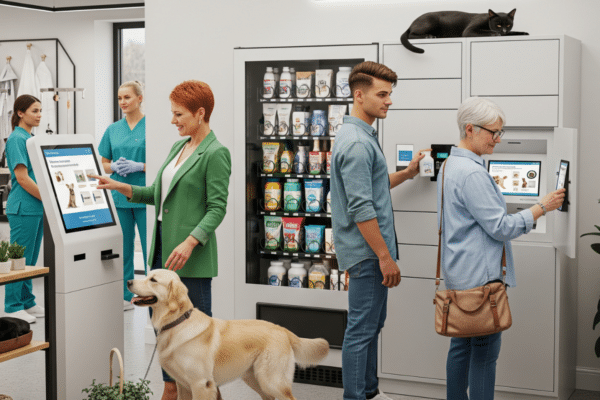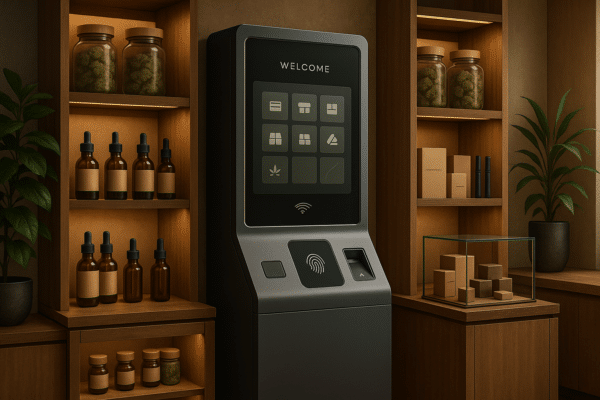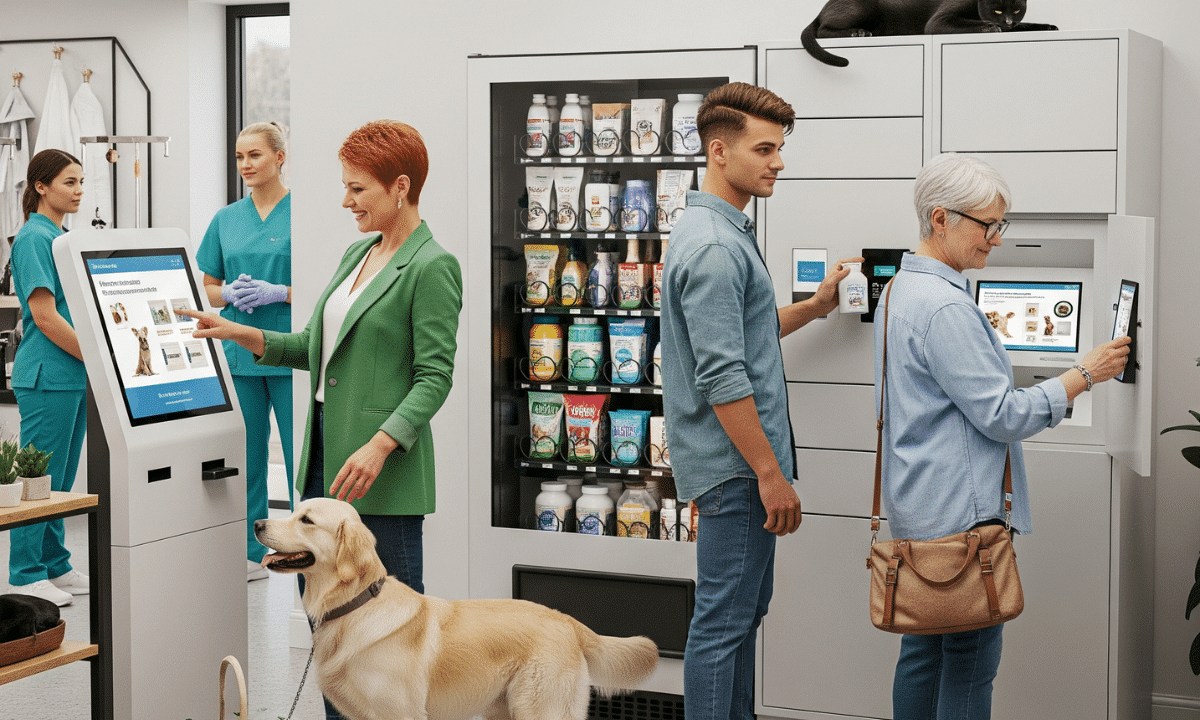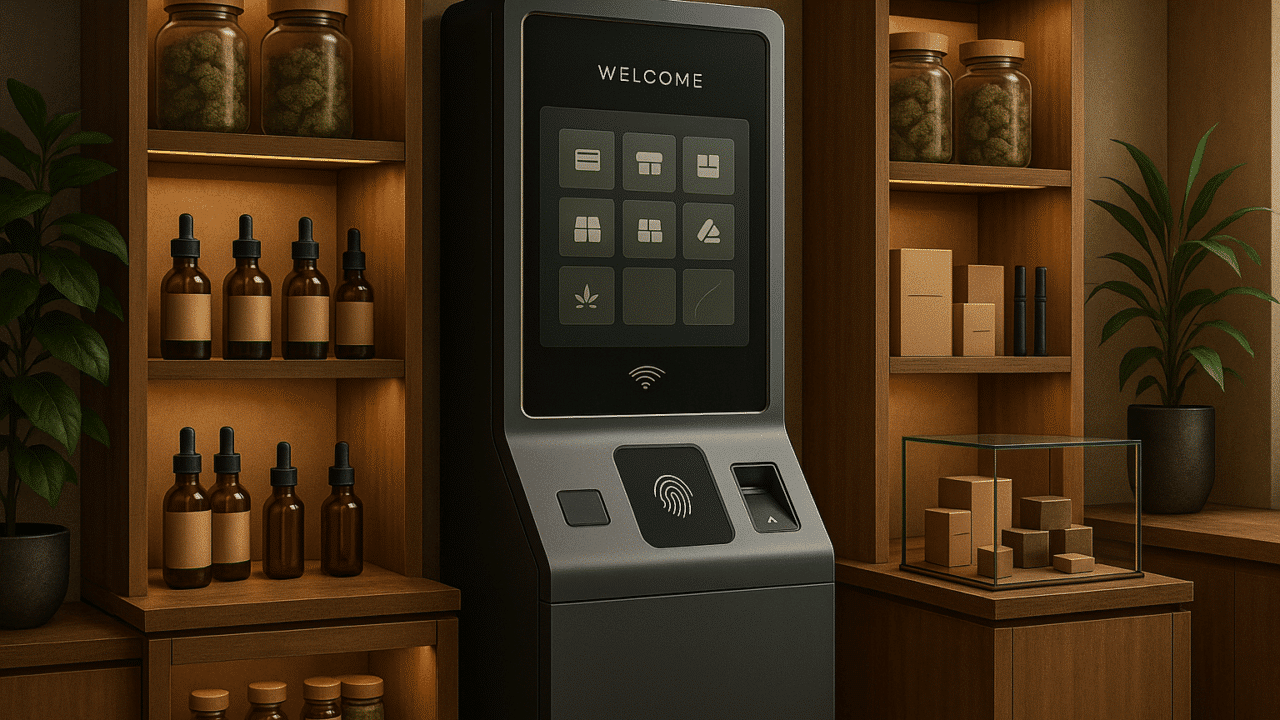
The Importance of Retail Merchandising: Maximizing Sales and Delighting Customers
The vibrant bustle of your local grocery or department store belies the meticulous science and natural insight happening behind the scenes. Welcome to the world of product merchandising management and retail execution.
Before a single product hits the shelves, retailers employ complex analytics and psychological tactics to optimize the customer experience. Store merchandising is strategically mapped based on shopper behavior data. Retail brand equity is leveraged to optimize product merchandising and drive product launches. Display design and signage entice customers to pick up impulse items they never intended to buy. Pricing is adjusted based on complex algorithms and competitive intelligence. This is the realm of merchandising execution, where placements are planned, promotions are timed, and profits are maximized through shrewd omnichannel coordination.
For a retail business, the aisle is a battleground, and a solid merchandising strategy is a powerful weapon. In this blog, we’ll unravel the mysteries of this retail magic and explore the past, present, and future of product merchandising as a key part of retail execution. You’ll discover how big data and emerging tech, combined with natural insight, are pushing the field further than it has ever been before. Let’s dive into the complex and wildly profitable domain of retail merchandising.
Guiding Your Retail Brand Toward Successful Product Merchandising
What is Retail Merchandising?
Retail merchandising is a prolific methodology that a retail store audit typically reveals to be vital for product merchandising management, visual merchandising and display design, retail signage, product placement marketing, and retail inventory management. In essence, it is the quintessential representation of a retail brand on the shop floor.
Key Objectives of a Retail Merchandising Strategy
The primary purpose of retail merchandising is to drive sales and profitability. By implementing effective merchandising strategies, businesses can manipulate product placement, visual cues, and aesthetics to stimulate customer decisions in favor of purchasing their products. It is a critical aspect of retail inventory management and can greatly impact a retailer’s bottom line.
Role of Retail Merchandising in Driving Sales and Profitability
Enhancing a product’s visibility and appeal significantly improves your chances of translating a potential customer into a buying one. This effect is achieved by directing a shopper’s attention and guiding that shopper toward making a purchase, a practice known as product placement marketing. Impressive retail product displays create a powerful image. One that is able to substantially improve brand awareness, drive a successful product launch, and grow sales at retail locations. Good product placement marketing can lead to a jump in the sale of impulse items, as well as long-term retail brand equity.
Learn about ecommerce merchandising strategies to boost sales and improve customer experience.
Best Practices for An Effective Merchandising Plan
Understanding Your Target Audience and Market Trends
Understanding the needs and behavior of your target audience and possessing a keen awareness of market trends can greatly influence the success of your retail merchandising strategies and lead to greater sales. Knowledge about customer preferences, buying habits, the shopper journey, and trending merchandise creates a strong foundation for effective marketing and retail execution.
Store Layout and Visual Merchandising
Attractive visual merchandising can yield favorable results. Whether it’s end-caps, product displays, power walls, window displays, or promotional stands advertising a free trial or new product launch, presenting your merchandise creatively and effectively can impact customer buying decisions. It’s about creating an enticing shopper journey and encouraging exploration to yield emotion-driven buying decisions. This is how browsers become buyers of those impulse items, and retailers see an uptake in product sales.
Product Assortment and Retail Inventory Management
Assortment strategy and inventory management play pivotal roles in retail merchandising. An intelligent blend of product variety coupled with efficient retail inventory management ensures a product’s availability and forms the crux of successful retail execution. Besides, product companies need to periodically check their inventory and re-stock to maintain active displays, thereby ensuring a seamless shopping experience for their customers. Optimizing the supply chain is key to effective retail execution.
The Power of Visual Merchandising and Technology for Retail Success
Strategies for Visual Merchandising
A successful retail store audit reveals that effective product merchandising management goes beyond inventory control. Key components such as product merchandising and placement, display design, product launch strategies, and natural insight into retail management play significant roles in driving retail brand equity.
Importance of Attractive In-store Displays
Attractive product placement and retail product displays enhance the customer experience, giving shoppers a tangible, visually appealing interaction with products. Even engaging window displays and luxurious fitting rooms can add to the perceived value of products and indirectly boost brand awareness. Product companies must look at how their specific offerings are perceived by the target market and how well the shopper journey delivers on the promise of a great retail experience.
Creating Visually Appealing Product Displays
When it comes to creating a retail product display, the sky is the limit. Retailers should consider using a variety of product merchandising techniques, such as window displays, interactive displays, and end-cap displays, to suit their merchandise and customer demographics. Incorporating retail merchandising trends like themed displays can also amplify customer attraction toward the retail store and generate product sales.
Utilizing Signage and Product Presentation Techniques
A balanced mixture of informative and promotional signage elevates store merchandising. A blend of ‘silent salespeople’, compelling point-of-purchase materials, special promotions, and shelf-talkers elevate the customer experience, eventually boosting product sales.
Want to create eye-catching displays that drive sales? Read our guide on visual merchandising to learn techniques and best practices.
The Role of Technology in Retail Merchandising
With the rapid advances in retail execution technology, retailers should welcome innovative techniques with open arms. Be it recall software or a natural insight platform, employing technology in product merchandising management ups the retailing game.
Introduction to Retail Merchandising Software
Retail merchandising software is an investment that revolutionizes retail inventory management and product placement marketing alike. With the right software, retailers can automate processes, gain analytical insights, and improve merchandising decisions. Whether a new product launch or promoting a fan favorite, retail merchandising technology, such as a natural insight platform, can increase sales performance.
Benefits of Using Technology for Inventory Management
Automated retail inventory management sorts out operational hitches, leaving ample time to focus on growth and development. Such software helps ensure products are efficiently managed and restocked, regulates pricing, and provides overall visibility and control over inventory.
Enhancing Customer Experience Through Omnichannel Retailing
Embracing omni-channel retailing means blending physical and virtual shopping experiences and maintaining consistency across all channels. A smart strategy leverages technology to ensure product availability, giving customers a seamless shopping experience. Omni-channel retailing impacts retail brand equity positively by fostering trust throughout the retail journey.
Unlocking the Potential of Successful Retail Merchandising
Key Metrics for Measuring Retail Merchandising Success
In retail merchandising, there are certain key metrics that underpin your success. Let’s take a look at some of the most common.
Sales per Square Foot Analysis
It’s a common practice when measuring the success of retail product displays to analyze the sales per square foot. This crucial metric measures a retail business’s average revenue for every square foot of sales space. The higher this number, the better your product placement and visual merchandising strategies are performing. Insight platforms can provide an easy analysis of this metric, positively contributing to your product merchandising management efforts.
Inventory Turnover Rate
A second significant metric in retail inventory management is the inventory turnover rate. In simple terms, this measures how often a retail location sells its full inventory during a particular timeframe.
Issues with inventory can severely impact retail brand equity. Implementing recall software can help manage such product marketing challenges.
Customer Satisfaction and Repeat Purchase Rate
Understanding that the repeat purchase rate is a reflection of effective retail product display planning and overall product marketing execution is key for any retailer. Keeping these factors in mind during a regular retail store audit can radically improve a business’s product merchandising program.
Retail Merchandising Challenges and Solutions
Retail merchandising presents several key challenges for retailers and brands. However, the right strategies and technologies can help overcome these hurdles.
Keeping Up With Changing Consumer Preferences
One major challenge is keeping up with constantly shifting consumer preferences and shopping habits. Regular surveys, focus groups, and monitoring social media can help product companies stay abreast of emerging trends. Agile product assortment strategies that quickly adapt to new preferences are key. Testing new categories and eliminating underperforming SKUs should become part of the product merchandising plan.
Managing Stockouts and Overstock
Both stockouts and overstock situations disrupt profitability. Sophisticated inventory management systems can help forecast demand more accurately to avoid lost sales or waste. Integrating real-time POS and inventory data provides better visibility. Product companies can also implement in-store sensors along with AI and machine learning to dynamically replenish stocks, optimize placement, and improve merchandising execution.
Strategic Pricing and Promotions
Finding the right pricing sweet spot and knowing which promotions truly drive sales can be challenging parts of retail execution. Leveraging competitive price intelligence tools helps retailers benchmark and adjust pricing for maximum results. Promotion response modeling through experimentation and customer analytics informs future promotional strategies and calendars. This is particularly vital during a product launch.
Navigating Increased Competition
Product companies compete for shopper attention on all fronts today – in-store, online, over mobile merchandising, and more. Staying on top of competitors’ assortments, pricing, and promotions is crucial to solid retail execution. Leveraging this data to create product merchandising that differentiates your in-store experience from that of your competitors is a tremendous advantage.
Adapting to New Technologies
Emerging tech like digital displays, AI, AR/VR, and autonomous retail enable more dynamic, customized merchandising but require investment and learning curves. Retailers should embrace innovative tech selectively, focusing on solutions with proven ROI that can enhance product merchandising and overall retail execution in the most cost-effective manner possible.
With the right mix of flexibility, analytics, and retail tech, product companies can turn merchandising challenges into merchandising successes.
Emerging Trends in Retail Merchandising
With the current transformation buzz, retail merchandising has taken an innovative turn. In-store layouts and visual merchandising strategies are being revolutionized, incorporating personalization, ethics, technology, and sustainability.
Personalization and Customization of Shopping Experiences
Today’s consumers expect more than a well-stocked product assortment. They seek a shopping experience that resonates with their individual needs and preferences. This dynamic has catalyzed a shift in retail merchandising, especially in inventory management and in-store displays.
By leveraging data from customer purchase histories, retailers can create personalized product placements that resonate with individual customers. For example, a retail apparel store may use customer data to create targeted displays featuring top-selling CPG brands, thereby driving sales and enhancing brand equity.
Embracing Sustainability and Ethical Sourcing
Sustainability and ethical sourcing are no longer trendy buzzwords; they constitute a new norm in retail merchandising. Retailers are increasingly adopting sustainable practices in product marketing and merchandising execution, including the use of eco-friendly packaging and ethical sourcing. Moreover, retailers are also prioritizing the reduction of stockouts and overstock situations, indirectly preserving resources and enhancing sustainability.
Integration of Augmented Reality in Retail Displays
Augmented Reality (AR) is gradually but surely pervading the retail space. By making product displays interactive, AR helps shoppers make better purchase decisions. For instance, IKEA’s AR application allows shoppers to visualize furniture in their homes before purchasing, reducing returns and increasing satisfaction.
Moreover, AR can also enhance product presentation in stores, thereby improving sales per square foot. Retail merchandising software platforms, such as the Natural Insight platform, enable seamless integration of AR into retail merchandising.
Master Retail Merchandising with T-ROC Global
Success in today’s retail landscape goes beyond traditional retail merchandising and pricing strategies. Factors such as personalization, customization, sustainability, and the integration of cutting-edge technology like AR now play pivotal roles in enhancing customer satisfaction and inspiring repeat purchases. Performing regular retail store audits, leveraging recall software for efficient inventory turnover, and keeping up with changing consumer preferences all contribute to the success of product companies.
By aligning with these emerging retail merchandising trends, product companies can ensure improved customer experiences, streamline inventory management, and ultimately, realize a stronger bottom line.
Let T-ROC Global become your outsourced merchandising partner so you can get products in front of customers and scale your operations efficiently. Our solutions are customized to drive sales, enhance the shopping experience, improve the performance of field reps, and maximize your store’s profit potential. Learn more about how our merchandising services can revolutionize your business so you can get started partnering with us.
Retail Merchandising FAQs
What is retail merchandising?
Retail merchandising is the craft of presenting products in the most visually appealing and profitable way in retail stores and online. It involves a carefully crafted merchandising plan that maps out the layout and displays of a store to optimize the customer experience. Retail merchandisers use data analysis to determine the best placements and promotions for products. Field reps using the latest technology provide important intelligence products companies use to make more informed decisions and improve retail execution. The ultimate goal is to make shopping intuitive for customers and entice them to make purchases.
What does a retail merchandiser do?
A retail merchandiser handles all the visual aspects of store displays and layouts. Their goal is to optimize the placement and presentation of products to increase sales. Key duties include assembling and dismantling displays, setting up promotional spaces, maintaining planograms to keep products in their assigned spots, and ensuring signage is accurate and eye-catching. Retail merchandisers stock shelves, process inventory orders, tag prices, and audit stock levels. They analyze sales reports, seasonal trends, and customer data to inform merchandising strategies. Oftentimes, they coordinate stocking activities with store associates and set up aisles or shops before the store opens. Retail merchandisers have a finger on the pulse of changing market trends. Their keen eye for aesthetically appealing presentations makes every trip down the aisle enticing for customers.
Why do I need retail merchandising services for my business?
Effective in-store merchandising is essential for driving sales, yet strategically presenting products requires time your staff may not have. Outsourcing merchandising allows your team to focus on core operations while our merchandisers and field reps enhance your retail space’s profit potential. At T-ROC, our merchandisers and field reps become an extension of your staff, handling all merchandising tasks from display setups to inventory audits.








